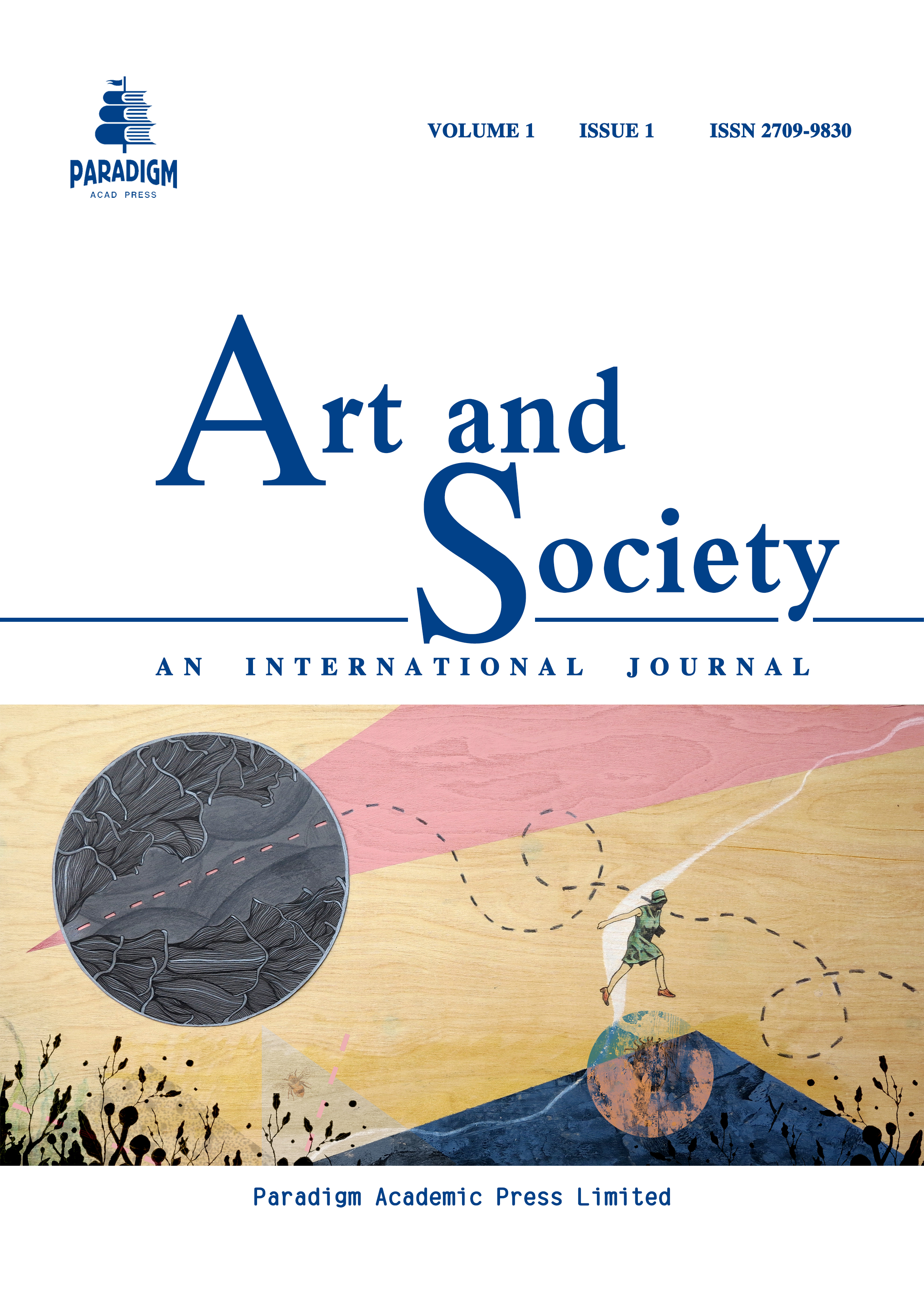The Aesthetics of Kaiseki: The Cultural and Philosophical Significance of Food Presentation in Japanese Fine Dining
Keywords:
Kaiseki, Japanese cuisine, culinary aesthetics, wabi-sabi, Zen Buddhism, seasonality, fine diningAbstract
Kaiseki, a traditional multi-course Japanese meal, represents one of the most refined forms of culinary art, deeply rooted in cultural and philosophical principles. This study explores the evolution of Kaiseki from its origins in the Japanese tea ceremony to its establishment as a sophisticated fine dining experience. It delves into the key aesthetic principles of seasonality and visual balance, examining how these elements reflect the broader Japanese worldview. The philosophical foundations of Kaiseki, particularly its embrace of wabi-sabi and Zen mindfulness, highlight its role as a meditative and sensory journey. Furthermore, the study investigates the techniques and tools used in Kaiseki plating, emphasizing the importance of tableware and naturalistic presentation. Finally, the paper addresses contemporary adaptations and Kaiseki’s significant influence on global fine dining, showcasing how this centuries-old tradition continues to evolve and inspire. Through this exploration, the paper underscores Kaiseki’s enduring relevance as both a culinary practice and a cultural artifact that bridges tradition and innovation.


